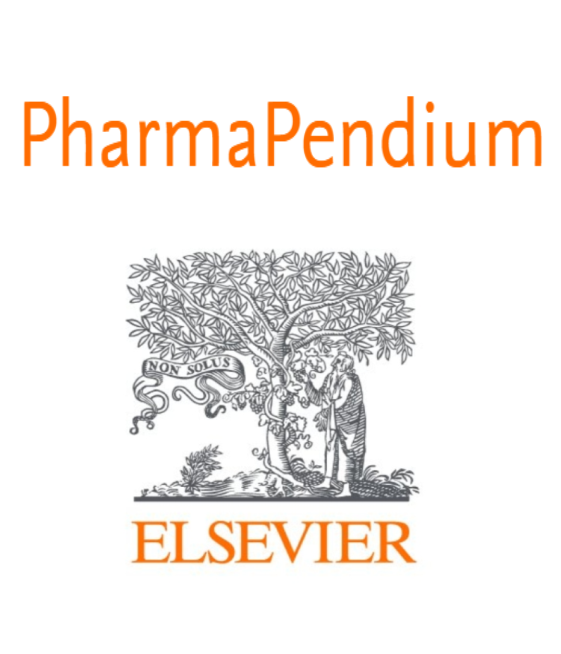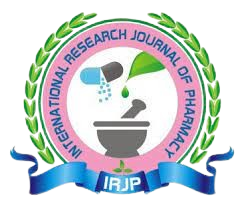Evaluation of Real-Time PCR in Clinico-Radiologically Suspected Smear-Negative Pulmonary Tuberculosis Patients Attending a Tertiary Care Hospital, Central India
DOI:
https://doi.org/10.56802/5yfz9914Keywords:
RT- PCR, BAL, TB, ZNAbstract
Introduction- Tuberculosis (TB), caused by Mycobacterium tuberculosis, continues to be a major public health burden, especially in developing countries. Smear-negative pulmonary tuberculosis (SNPT) presents a diagnostic challenge due to its low bacillary load and limited sensitivity of conventional microscopy and culture. The present study evaluates the diagnostic performance of Real-Time Polymerase Chain Reaction (RT-PCR) compared with Middlebrook 7H9 broth culture in clinico-radiologically suspected smear-negative pulmonary TB patients.
Material and method -This cross-sectional observational study was conducted at Index Medical College, Hospital & Research Centre, Indore (M.P.), from July 2019 to July 2021. A total of 350 clinically and radiologically suspected but smear-negative patients were enrolled. Samples included sputum, bronchoalveolar lavage (BAL), and gastric aspirates. All specimens underwent Ziehl–Neelsen staining, Middlebrook 7H9 broth culture, and RT-PCR using the Qiagen Care TB PCR kit. Culture results served as the gold standard for evaluating RT-PCR sensitivity and specificity. Data were analyzed using SPSS version 20.
Result-Out of 350 cases, 73 (20.9%) were positive by Middlebrook 7H9 culture, while RT-PCR detected M. tuberculosis in 100 (28.6%) cases. Among the sample types, BAL showed the highest positivity (31.4%), followed by gastric aspirates (28.6%) and sputum (27.8%). Males (58.6%) were more affected than females, and the predominant age group was 20–40 years.
Conclusion- RT-PCR demonstrated higher sensitivity than culture for detecting M. tuberculosis in smear-negative patients. Its rapid turnaround time and superior detection make it a valuable adjunct to conventional diagnostics, facilitating early diagnosis and improved patient management.








